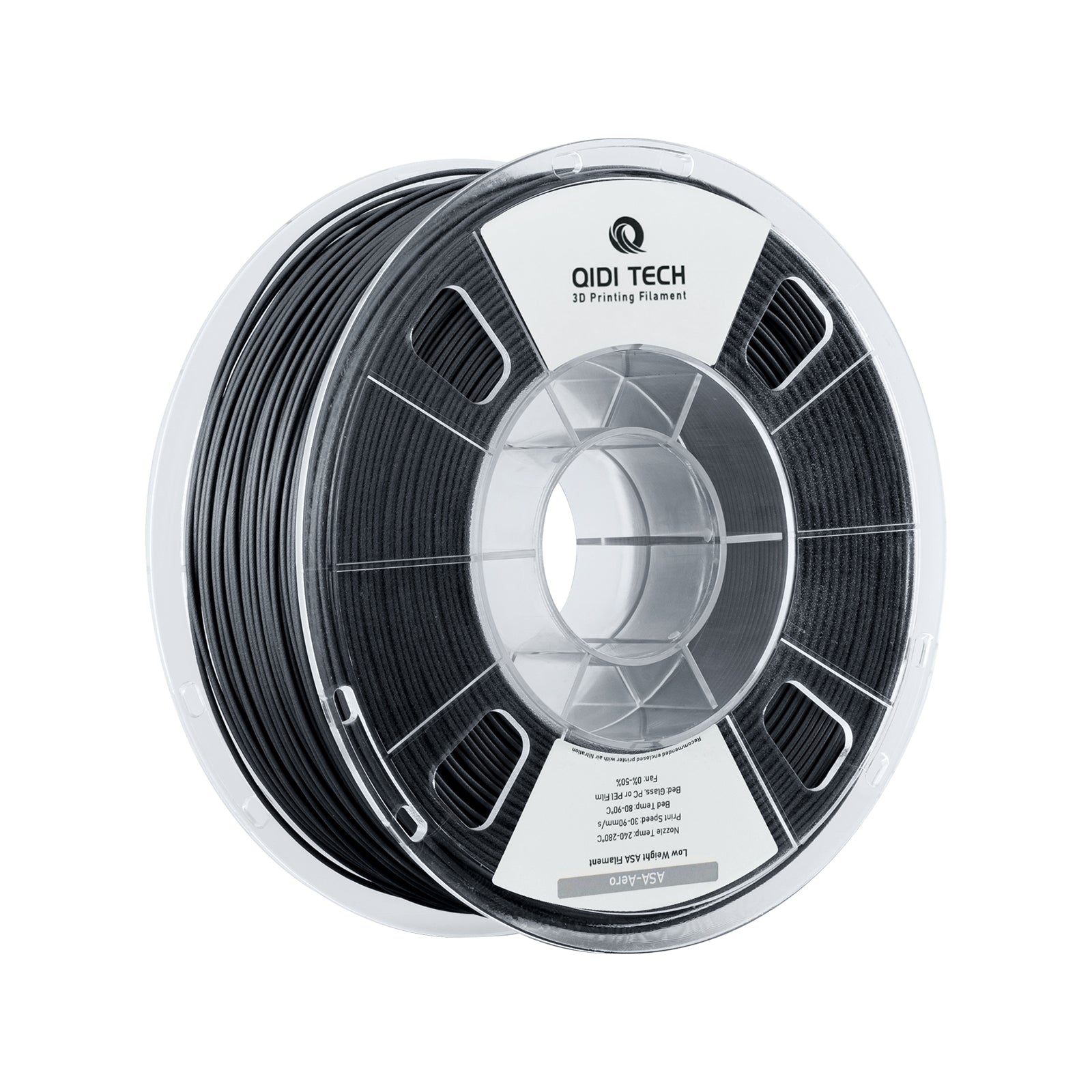Unlocking the Secrets of ASA Filament: Why This Material is a Game Changer for Your 3D Printing Projects!
In the ever-evolving world of 3D printing, materials play a crucial role in determining the success of your project. One such material that has gained significant attention in recent years is ASA filament. Known for its superior properties and versatility, ASA filament has become a favorite among makers, engineers, and hobbyists alike. In this article, we will delve into the intricacies of ASA filament, explore its key characteristics, and uncover why it might just be the game changer you need for your next 3D printing endeavor. Whether you are looking to create outdoor components, prototypes, or intricate designs, understanding ASA filament can elevate your projects to new heights.

Understanding ASA Filament
ASA filament, or Acrylonitrile Styrene Acrylate, is a thermoplastic polymer that shares some similarities with ABS (Acrylonitrile Butadiene Styrene) but comes with enhanced properties that make it a compelling choice for many applications. ASA is known for its robust chemical composition, which includes acrylonitrile, styrene, and a modified acrylic. This unique blend gives ASA its remarkable durability and resilience. Unlike PLA (Polylactic Acid), which is biodegradable and more suitable for indoor use, ASA filament is specifically designed to withstand harsh environmental conditions. As a friend of mine, an avid 3D printing enthusiast, once mentioned, "When I switched from ABS to ASA for my outdoor projects, the difference was night and day." This anecdote highlights the practical advantages of choosing ASA over its counterparts.
Properties of ASA Filament
One of the standout features of ASA filament is its exceptional resistance to UV light and weathering, making it ideal for outdoor applications. This property ensures that prints maintain their color and structural integrity even when exposed to prolonged sunlight. Additionally, ASA boasts impressive strength and toughness, which means parts can endure significant stress without warping or breaking. Its high-temperature tolerance allows for use in environments where other filaments might fail, providing peace of mind for those creating functional prototypes or parts that must withstand heat. Moreover, ASA filament exhibits excellent layer adhesion, resulting in smoother prints and reducing the risk of delamination—a common challenge with other materials. These properties make ASA an excellent choice for anyone looking to produce durable and reliable 3D printed objects.
Applications of ASA Filament
The versatility of ASA filament opens up a wide range of applications across various industries. One of the most notable uses is in creating outdoor prints, such as garden ornaments, signage, and even functional parts for outdoor furniture. Its weather resistance ensures that these items can endure the elements without fading or degrading over time. Additionally, ASA is increasingly being used in the automotive industry for creating prototypes and parts that require high durability and heat resistance. For instance, a friend who works in automotive engineering shared how ASA was used for dashboard components that needed to withstand fluctuating temperatures. Furthermore, in industrial settings, ASA filament is utilized for functional prototypes and tooling applications where strength and reliability are paramount. The adaptability of ASA filament makes it a go-to material for both hobbyists and professionals alike.
Advantages of ASA Over Other Filaments
When it comes to choosing the right filament for your project, ASA stands out in several key areas when compared to other materials like PLA and ABS. One of the most significant advantages is its durability. ASA's resistance to UV light and weathering makes it a superior choice for outdoor applications compared to both PLA and ABS, which can degrade over time when exposed to the elements. Aesthetically, ASA offers a smooth finish and can be printed in vibrant colors, providing an appealing look for your final products. Performance-wise, ASA's high impact resistance means that parts are less likely to crack or break under stress, offering greater reliability for functional applications. While PLA is often favored for its ease of use and biodegradability, ASA's superior properties make it the better choice for demanding environments. In experiences shared by fellow makers, many have found that the longevity and performance of their ASA prints far outweigh the initial ease of printing with PLA.
Elevating Your 3D Printing with ASA Filament
In summary, ASA filament is a remarkable material that offers numerous advantages for 3D printing enthusiasts and professionals alike. Its unique properties, such as UV resistance, strength, and temperature tolerance, make it an excellent choice for a wide variety of applications, particularly in outdoor and industrial settings. By understanding the benefits of ASA filament and how it compares to other materials, you can make informed decisions for your 3D printing projects. Whether you are creating prototypes, functional parts, or artistic designs, ASA filament can elevate your creations and ensure they stand the test of time. So the next time you plan a project, consider reaching for ASA filament and experience the difference it can make!








